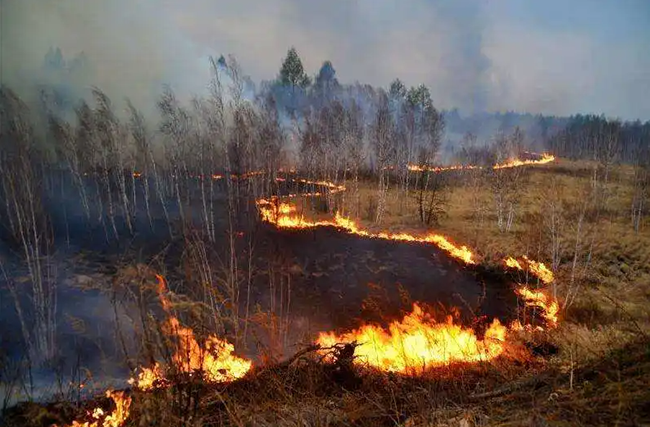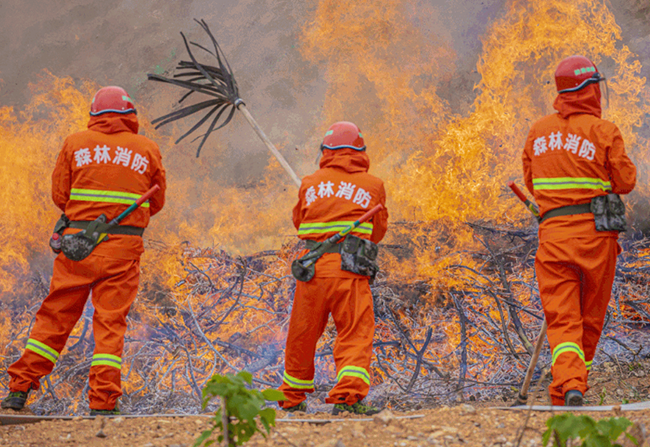Spring is the season of plant growth, but also a high incidence of forest fires, in March and April the key areas of forest and grassland fire risk in the south, in May and June will gradually shift to the north. According to the data provided by the Office of the Forest and Grassland Fire Prevention and Suppression Command:
In 2023, there were 328 forest fires in the country. Of these, 147 occurred in March and April, accounting for 44.8% of the total for the year, or nearly half of the total for the year.
From January 1 to March 19, 2024, there were 52 forest fires nationwide, a 53.2% decrease in the number of forest fires compared to the same period last year, and a 70.8% decrease compared to the average of the same period in the previous three years . The overall trend of fires has remained low.
Why are there so many springtime hill fires? What is the forest fire situation today?
There are localized serious drought conditions in China, such as most of Yunnan, and southern and southwestern Sichuan, Liangshan Prefecture, etc., after a large accumulation of dead branches and leaves in the winter, to the spring, the wind is dry and dry, when the water content of combustible materials is also relatively low, it is very easy to catch on fire, a cigarette butt may be ignited.
It is expected that this spring, most parts of the country will have high temperatures, and precipitation in high fire risk areas such as South China and Southwest China will be 2~5% less than in previous years. The combustible load in the forested areas of Northeast and Southwest China has reached its peak in the past 20 years, which, together with the flooding in North China last year and the damage to some forests caused by the rain, snow and ice storms in South China in the early period, has exacerbated the accumulation of combustible materials in the understory of the forests.
Since February 8, southern Sichuan, northern Yunnan and other places in the forest fire danger level continues to maintain the fourth level of fire danger. And recently, the forest fire risk has reached a high level of danger in the area has also increased significantly, including northeastern Beijing, northeastern Hebei, southwestern Liaoning, southeastern Inner Mongolia, need to focus on prevention.
What can be done to prevent forest fires in light of the current situation?
According to the Ministry of Emergency Management risk monitoring and fire prevention and control Division Director Yang Xudong: We fully utilized modern scientific and technological means in this aspect of prevention, including satellite remote sensing monitoring, including our aircraft patrols, including the key areas we placed a lot of video surveillance points. Through such high-tech advanced means, we further strengthen the monitoring and early warning of forest and grassland fires.
At the same time, all levels of forest defense finger also increased the control of fire, sent rangers to increase patrol and density, the organization of power command material and equipment first forward to advance deployment, at any time to deal with possible fire.
In addition, in order to cope with hill fires and protect the safety of power grids in forest areas, our company has developed the transmission line anti-hill fire online monitoring device DX-WPS100-SH, which adopts infrared dual-spectrum PTZ dome, integrating visible light, infrared thermal imaging and AI algorithm, combining with the technology of Beidou and wireless communication, etc., and is equipped with the functions of automatic detection, visualization, automatic alarm, fire location and data interaction, and it can monitor the line in real time and the situation of fire within tens of kilometers of the corridor. The fire occurrence within tens of kilometers of the corridor can not only improve the patrol of the line in the forest area, but also provide reasonable path planning for fire-fighting and effectively improve the efficiency of fire-fighting.







